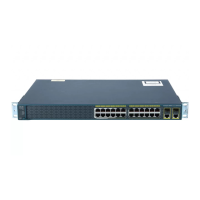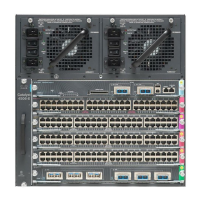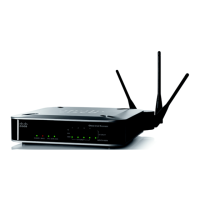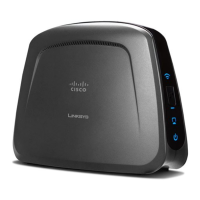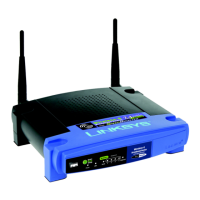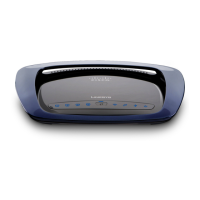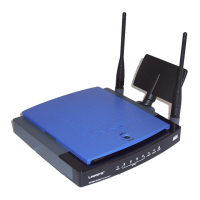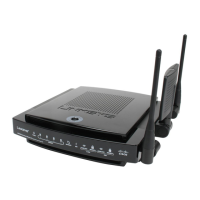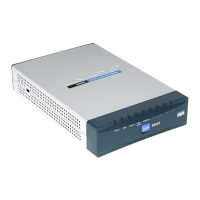1-6
Cisco 7600 Series Router Supervisor Engine and Route Switch Processor Guide
OL-10100-11
Chapter 1 Cisco 7600 Product Overview
Port Addresses
Port Addresses
Each port (or interface) in the Cisco 7600 series router has several different types of addresses. The
physical interface address is the actual physical location (slot and port) of the interface connector within
the chassis. The system software uses the physical addresses to control activity within the router and to
display status information. These physical slot and port addresses are not used by other devices in the
network; they are specific to the individual router and its internal components and software. For more
information, see the “Physical Interface Addresses” section on page 1-6.
The Media Access Control (MAC) address is a standardized data link layer address that is required for
every port or device that connects to a network. Other devices in the network use MAC addresses to
locate specific ports in the network and to create and update routing tables and data structures. Routers
use a unique method, described in the “MAC Addresses” section on page 1-7, to assign and control the
MAC addresses of their interfaces.
Physical Interface Addresses
Physical port addresses specify the actual physical location of each port on every module in the router,
as shown in Figure 1-1. The port address is a two-part number in the format slot/port number (for
example, 1/1, 1/2, 2/1, 2/2, and so on):
• Slot—Identifies the slot in which the module is installed. Depending on the router layout, the slots
are numbered from top to bottom or right to left starting with 1 (1/n, 2/n, and so on).
–
On horizontal-oriented chassis (such as the Cisco 7606 and Cisco 7613 routers), slots are
numbered from top to bottom.
–
On vertical-oriented chassis (such as the Cisco 7609 router), slots are numbered from right to left.
• Port number—Identifies the physical port number on the module. Port numbers always begin at 1
(n/1, n/2, and so on).
–
On horizontal-oriented modules, ports are numbered from left to right.
–
On vertical-oriented modules, ports are numbered from top to bottom.
Component hot
swapping
All components (including optional redundant modules and fans) support hot swapping,
which allows you to add, replace, or remove components without interrupting the
system power or causing other software or interfaces to shut down.
Management
• CLI through the console port or Telnet
• Simple Network Management Protocol (SNMP)
Table 1-1 Cisco 7600 Series Routers Key Features (continued)
Feature Description

